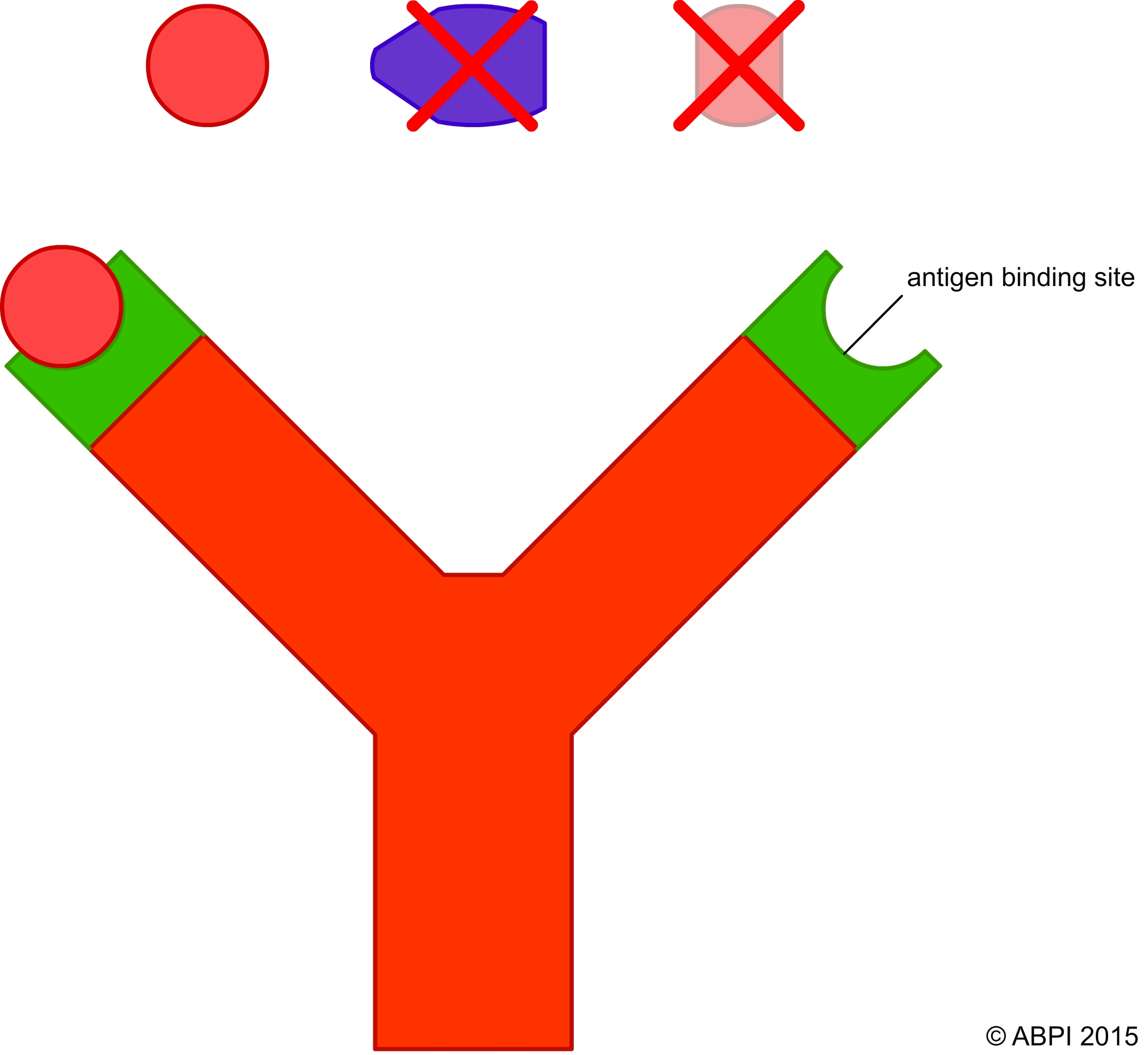This topic takes on average 55 minutes to read.
There are a number of interactive features in this resource:
 Biology
Biology
Identical twins have identical antigens on their cells. Siblings, parents and offspring have relatively similar antigens – but they are different enough for their cells to recognise each other as ‘non-self’. The cells from two organisms from the same species have more antigens in common than organisms from different species. The further apart organisms are in evolutionary terms, the more differences there will be in their cell surface antigens.
Receptor molecules
Identification of one cell by another involves specific receptor molecules in the cell surface membrane. Each cell has receptors that enable it to identify matching antigens. They also have receptors which recognise foreign antigens. The cells of the immune system are primed with millions of receptors that enable them to recognise and ultimately destroy material that they recognise as ‘non-self’, including pathogens, cells from other organisms of the same species, abnormal body cells and toxins.

The interaction between antigens and receptors on
the surface of cell membranes is the key to cell recognition
Communication within cells is brought about in a number of ways. It often involves the production of a signalling molecule and the presence of specific receptors on the cell membrane.
Synaptic transmission between neurones
Neurotransmitter molecules made in the presynaptic knob are released into the synaptic cleft and picked up by receptors on the post-synaptic membrane. This triggers changes in membrane transport systems setting up a new action potential.
Animation of a synapse:
Hormones
Hormones act by binding to specific receptor sites on the membrane of their target cells. At this point the hormone needs to affect the target cell in some way to bring about the desired change in activity. There are two main ways in which hormones can affect a cell:
Direct messengers: The hormone may pass through the membrane and act as the internal messenger itself. Inside the cell the hormone binds to a receptor and the hormone-receptor complex passes through the pores of the nuclear membrane into the nucleus.
The hormone-receptor complex acts as a transcription factor, regulating gene expression and switching sections of the DNA on or off. This is the mode of action of the lipid-soluble steroid hormones such as oestrogen and testosterone.
This second messenger then activates enzymes within the cell, altering the metabolism. The most common second messenger is a substance called cyclic AMP (cAMP). This in turn triggers different responses in the cell that may include increased cellular respiration, increased contraction of muscle cells, relaxation of smooth muscle in blood vessels or other effects.
Animation showing chemical communication via a second messenger in a cell: